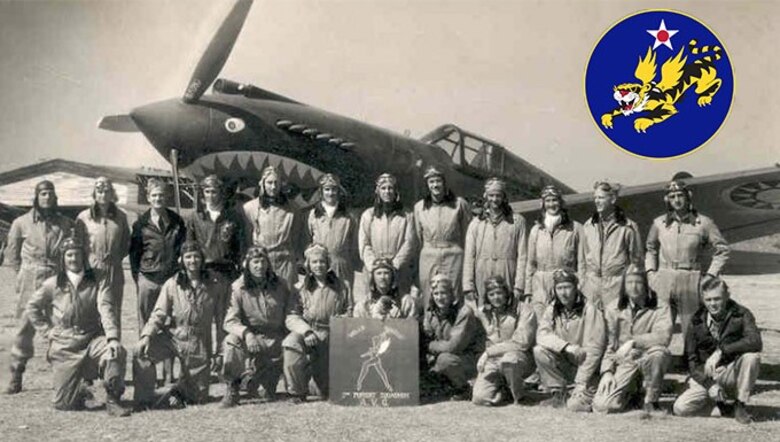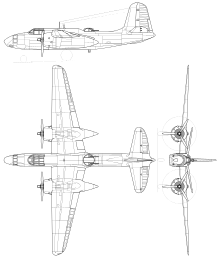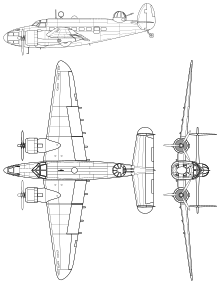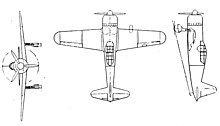Stryder50
Platinum Member
Often seen as an obscure and "neglected" Front, or Theater of Operations, CBI was a prime focus of sorts at the start of WW2, especially during the Japanese advances of 1941-1942. Also, some of the USA's first ventures in the war, thanks to FDR and perhaps Chennault, would be here via the AVG - (1st)American Volunteer Group more commonly known as the Flying Tigers.
Many historians claim that despite limited resources provided on the Allies part, significant Japanese resources would be engaged and "tied up" in these parts of Asia. Also, some interesting developments would come from this Theater, with impact towards the post-war world.
First use of helicopters in combat roles, mostly rescue related.
The airlift of supplies and men over the Himalayas, flying "the Hump", would be impetus for improvements in aerial navigation and weather forecasting.
Some of the earliest use of aerial insertion behind enemy lines.
...
"At the time the AVG was being put together (about a year prior to "Pearl Harbor"), the P-40 was the pinnacle of USA fighter aircraft technology. The P-39 and P-38 were just birthing out of prototype/testing and the P-47 and P-51 were yet to be "dreamed". As pointed out, the P-40 had it's advantages if used properly and is a design that found use and improvement through out the course of the war, which is hard to say of some of it's earlier advesaries.
The AVG had a short lifespan, barely seven months of combat before being 'drafted' into the CBI and eventual USAAF 14th Air Force.
One key aspect of the AVG ~ CBI venture that would have lasting and enduring impact was the role played by ATC, where "flying the Hump" would be the "spearpoint"of trans-global air supply 'networking'. Lessons learned here in adverse terrain, climate, and navigation challenges, would have profound impact in the growth and scope of post WWII commercial aviation; in forms of traffic control, radio and radar navigation, air freight efficencies, airframe type usage, etc. "
...
Many historians claim that despite limited resources provided on the Allies part, significant Japanese resources would be engaged and "tied up" in these parts of Asia. Also, some interesting developments would come from this Theater, with impact towards the post-war world.
First use of helicopters in combat roles, mostly rescue related.
The airlift of supplies and men over the Himalayas, flying "the Hump", would be impetus for improvements in aerial navigation and weather forecasting.
Some of the earliest use of aerial insertion behind enemy lines.
...
"At the time the AVG was being put together (about a year prior to "Pearl Harbor"), the P-40 was the pinnacle of USA fighter aircraft technology. The P-39 and P-38 were just birthing out of prototype/testing and the P-47 and P-51 were yet to be "dreamed". As pointed out, the P-40 had it's advantages if used properly and is a design that found use and improvement through out the course of the war, which is hard to say of some of it's earlier advesaries.
The AVG had a short lifespan, barely seven months of combat before being 'drafted' into the CBI and eventual USAAF 14th Air Force.
One key aspect of the AVG ~ CBI venture that would have lasting and enduring impact was the role played by ATC, where "flying the Hump" would be the "spearpoint"of trans-global air supply 'networking'. Lessons learned here in adverse terrain, climate, and navigation challenges, would have profound impact in the growth and scope of post WWII commercial aviation; in forms of traffic control, radio and radar navigation, air freight efficencies, airframe type usage, etc. "
...


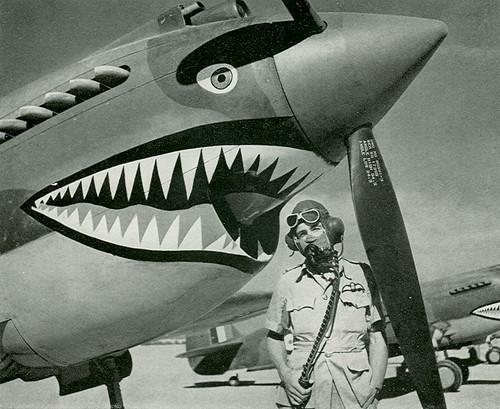
:focal(360x596:361x597)/https://public-media.si-cdn.com/filer/21/8d/218d4a04-1420-4772-9449-605b5fdd9239/07a_am2020_112squadronnevillebowksbowker_live.jpg)


